I agree with everyone saying the first ones look like chantrelles from the top but it's important to check the bottom to confirm it has veins and not true gills.
The second on looks more like an earthball (poison) than a puffball (tasty) but there are other possibilities. The best way to get an ID is to cut it in half lengthwise:
-
A puffball will be pure white or starting to turn brownish in the middle (don't eat if it if it is)
-
an earthball will have a thicker skin and will be purple in the middle or brown if it's further along
-
if you see a fully formed cap with gills it's probably an Amanita button
-
if it's uniformly marbled it's probably a truffle
-
anything else is a probably a false truffle or a stinkhorn button
I'm not sure about the last one but it's interesting and I'd like to see more closeups.










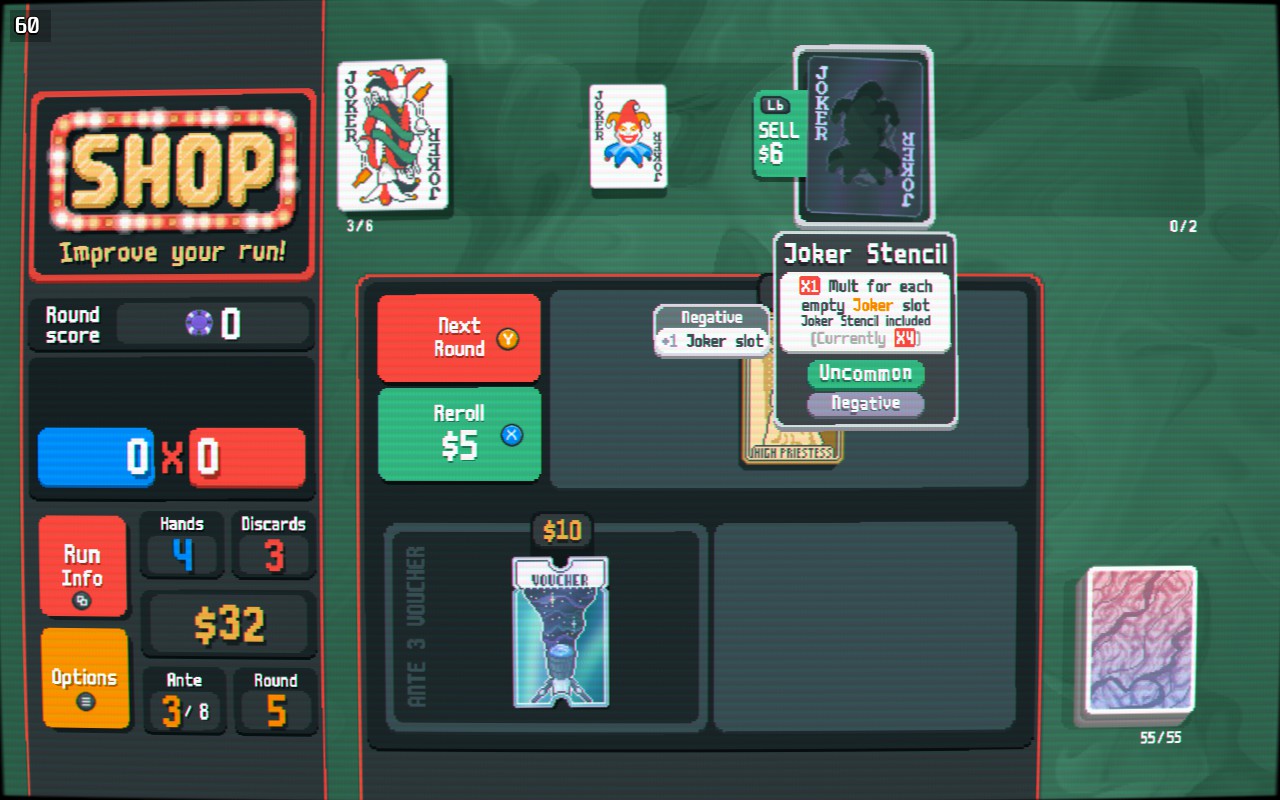


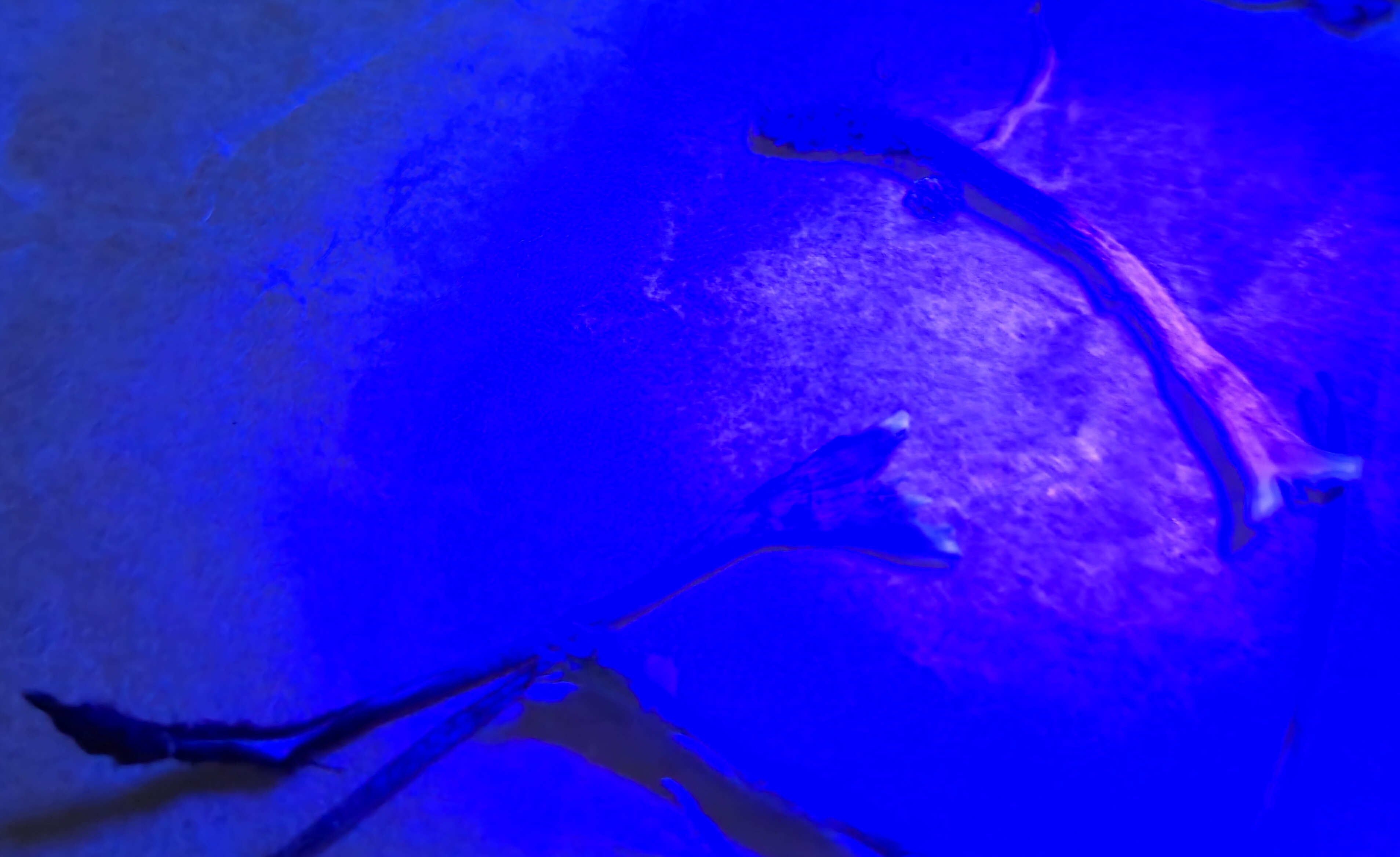
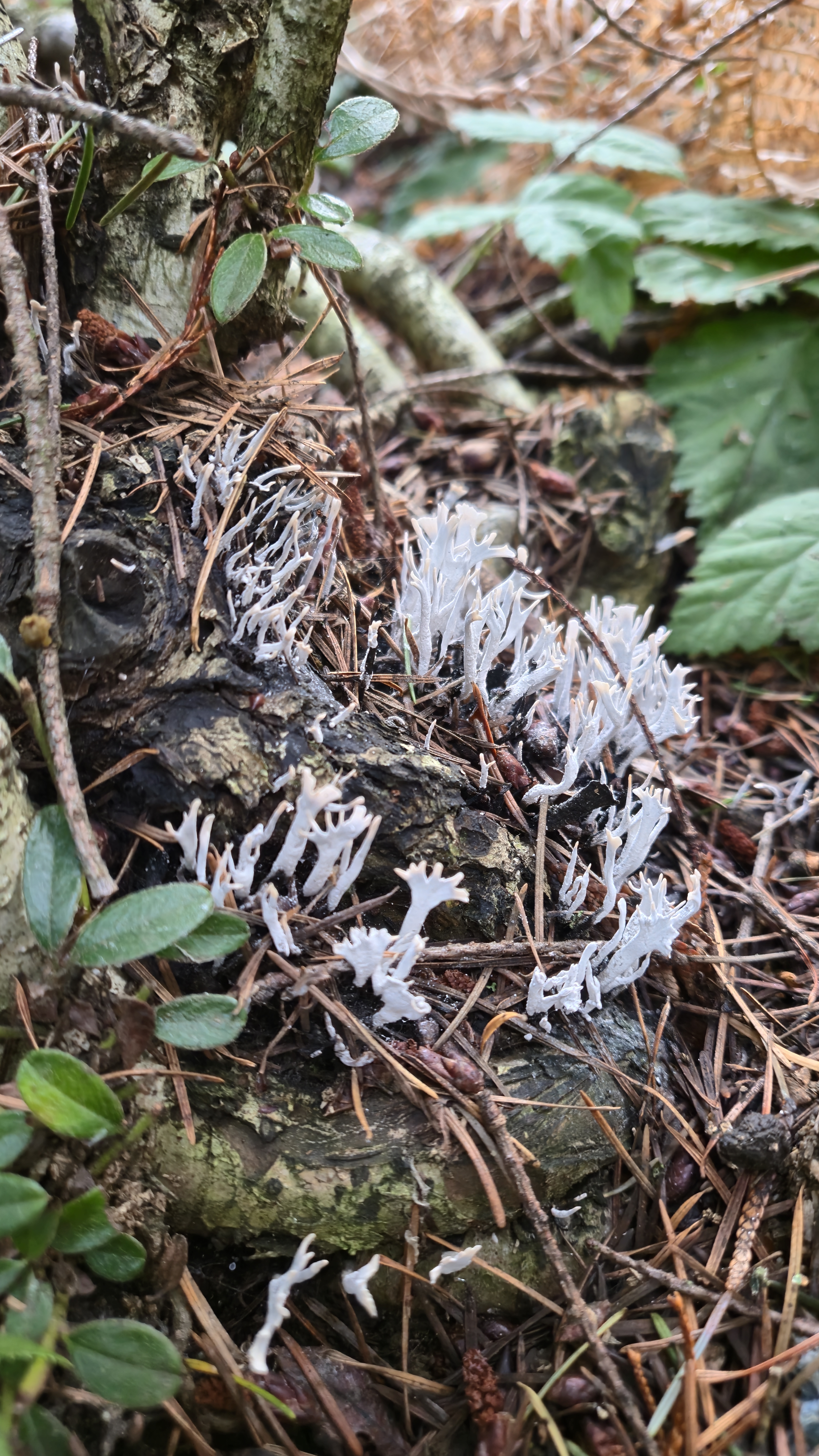
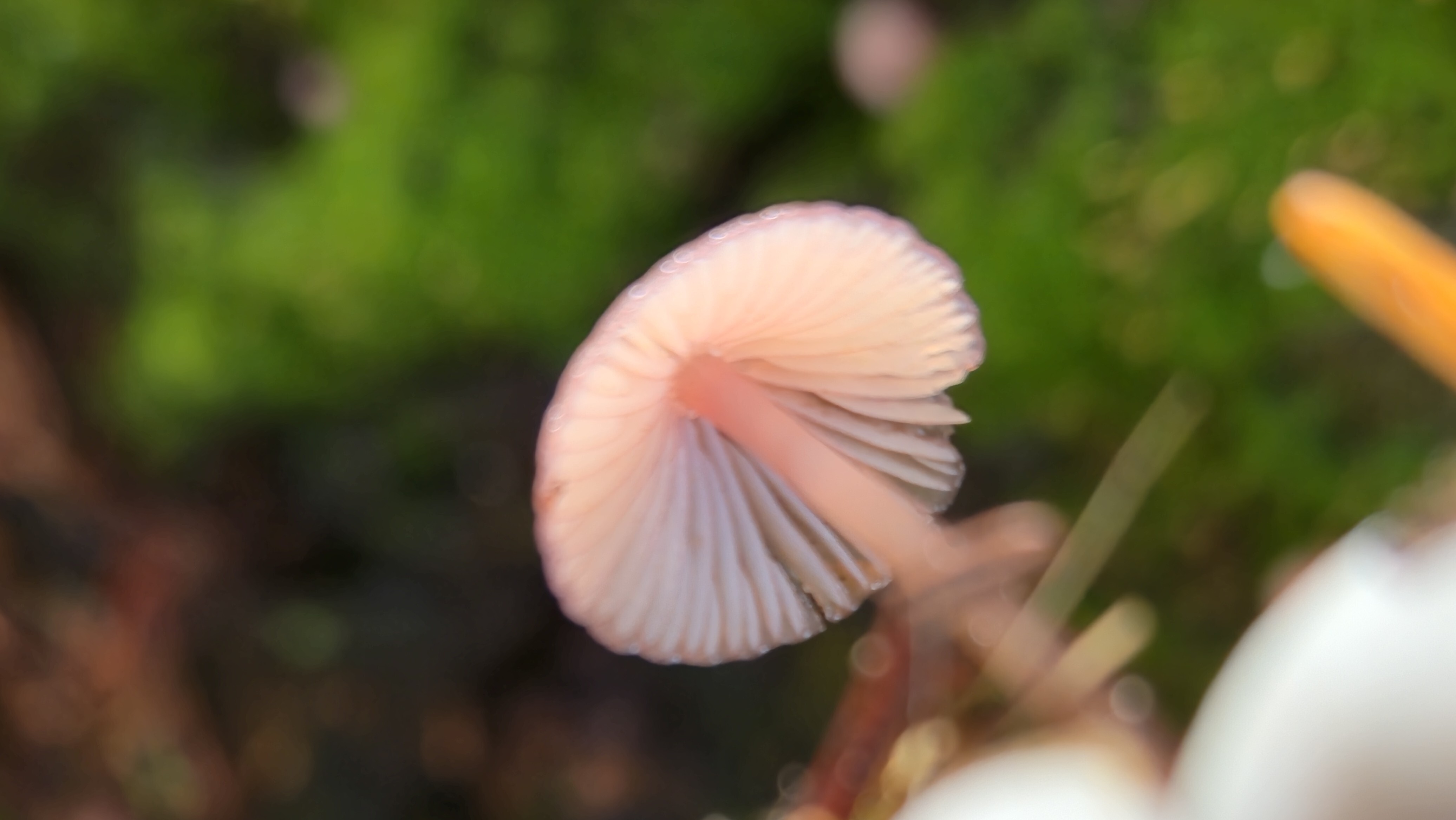
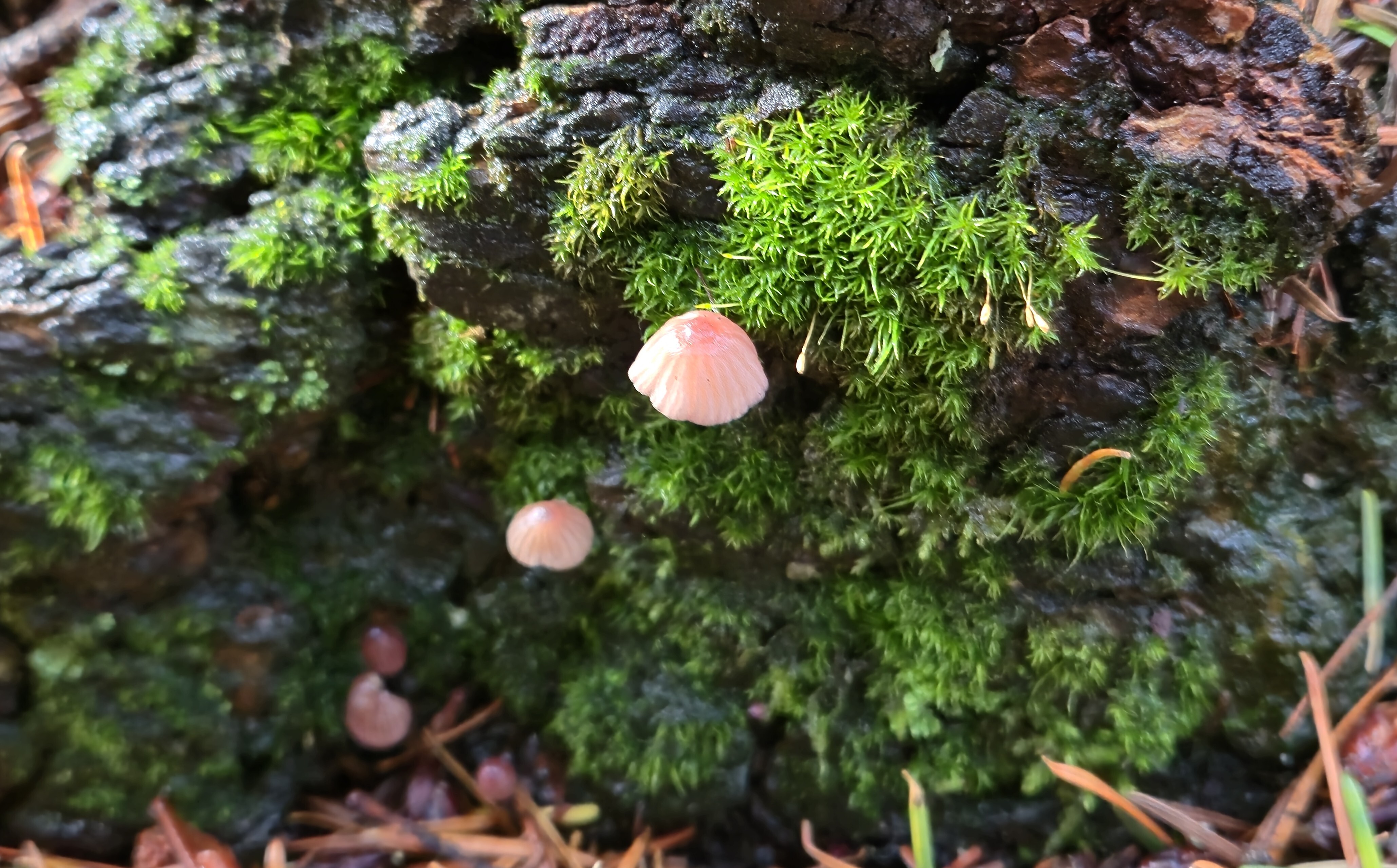
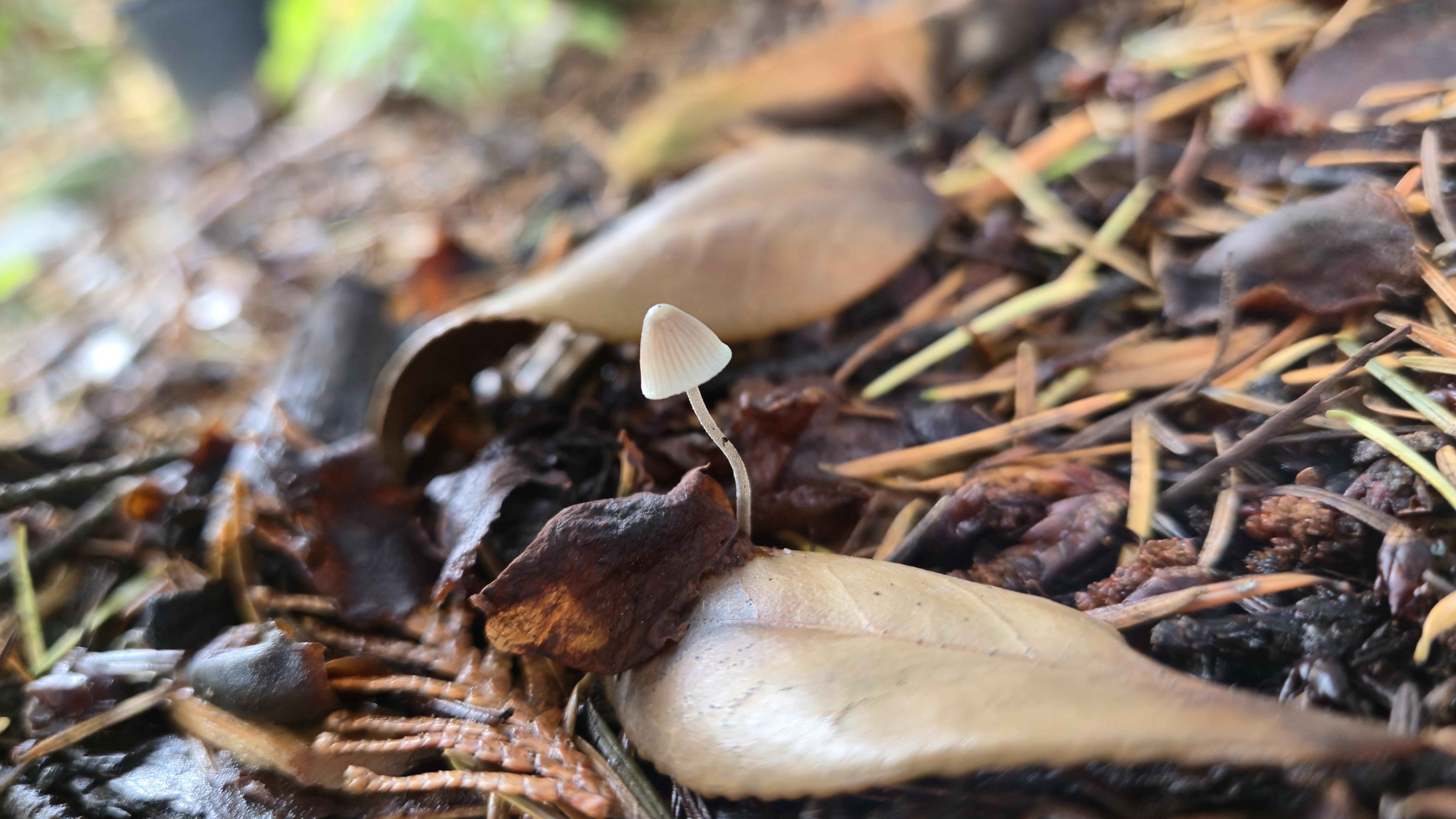


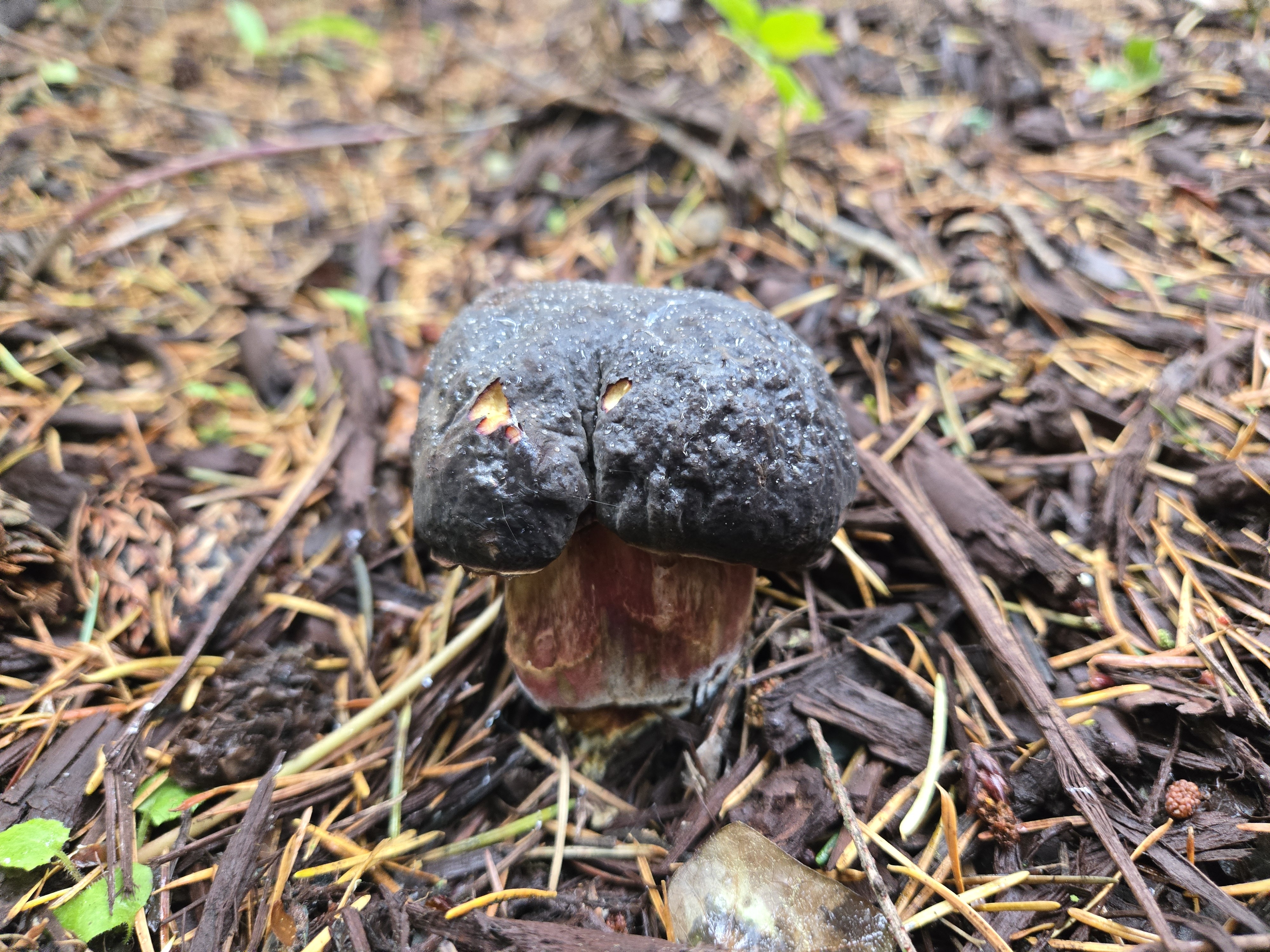
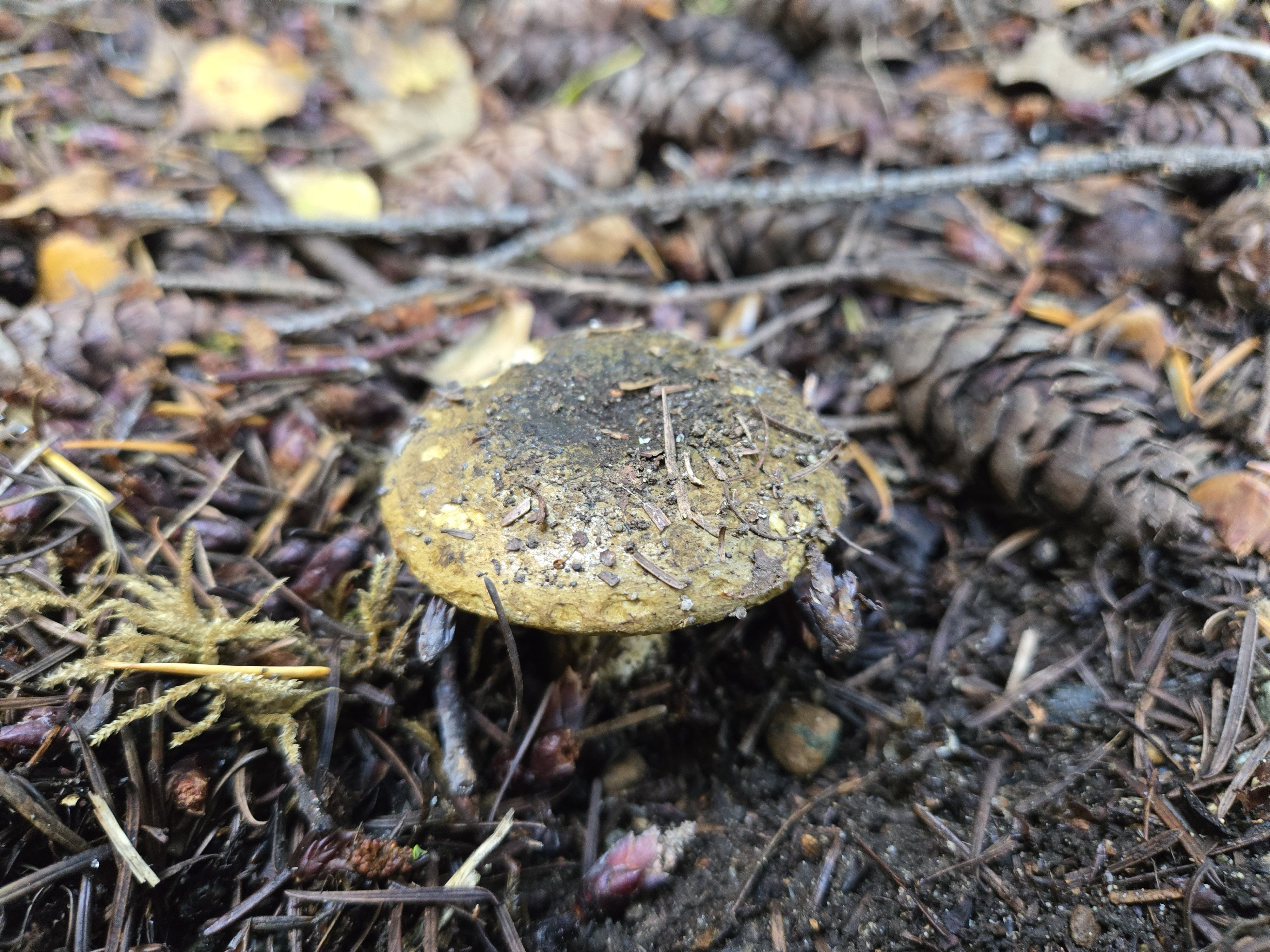
Spiky chantrelles! I hope I find some this year.